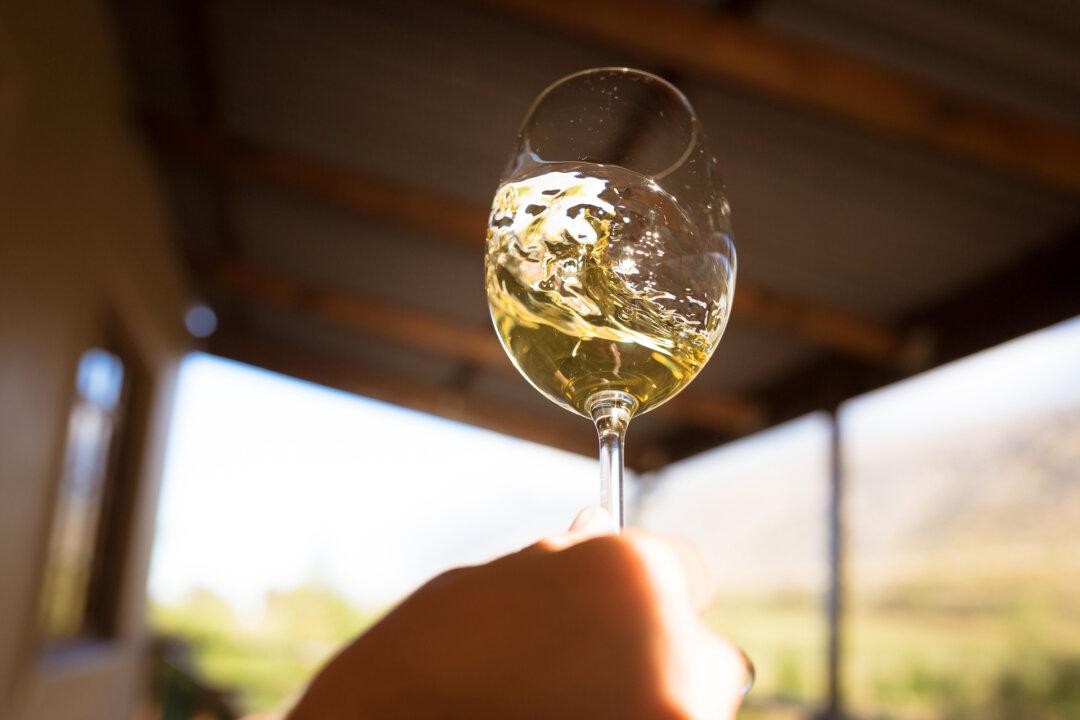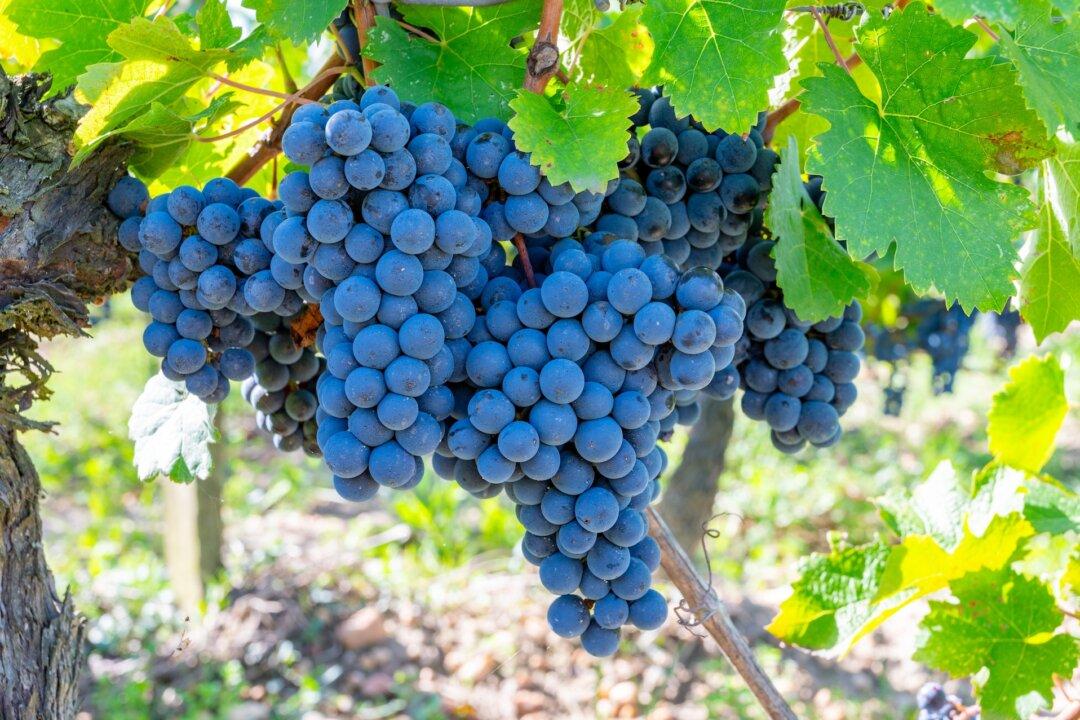Describing wine isn’t easy. Casual wine lovers usually start with, “This stuff tastes good,” or “It’s pretty rough.” More esoterically, we get truly abstruse descriptors such as “TDN,” “brett,” or “VA.”
The latter terms generally are heard only in tastings in which winemakers or wine scientists delve into vinous minutiae that are appreciated mostly by wine geeks.
Some of the simplest of all wines today are inexpensive chardonnays. They are typically made from grapes that have little flavor and are either lacking in distinctive aromas or are products of additions such as oak chips. To me, they’re not chardonnay-like at all.
Another simple wine is French Beaujolais nouveau, which honestly is barely wine at all. It’s more like grape juice with alcohol. Rarely are such wines described as “complex.” They’re all about fruit, little else. The aromas are simple, the midpalates are light, and aftertastes are trivial.
Unfortunately, most of the inexpensive (roughly $4 a bottle) wine made in the United States is like this—simple and easily forgotten. Many consumers have found it’s best to serve them cool or cold. Most cheaper wines are so soft and simple that they do little to improve food.
Included in this category of simplistic wines are sweet wines. And there’s a vast sea of mediocre red wines out there, some of it at ludicrously high prices, that do not go with food. Most are blended reds with no distinctive varietal aromas. Most are overripe and display elements that are so amorphous that they actually detract from most foods. And as with cola, sweet wines can have a pillaging effect on savory foods, though they can be fine with ketchup, barbecue sauce, and balsamic vinegar!
One key suggestion is to avoid wines of 15 percent alcohol or more. Such wines rarely are complex.
One aspect of complexity that seems to be widely appreciated throughout this country, including with many people who are judges at wine competitions (!), is the aroma associated with aging of wine in oak barrels. The aromas that wood imparts to wine include bacon, chocolate, roasted, nuts, caramel, and smoke.
Oak flavoring is a form of complexity, to be sure, but it isn’t beneficial, in my view. However, the aroma of oak seems to be appreciated by many novice wine drinkers. And wine companies know this. So it’s widely utilized.
The result is a growing interest in wine flavorings, with all manner of oaky things including oak staves, oak chips, and other oak additives that are legal.
Although oak flavoring is a form of complexity, when I find it in a $3 bottle of a blended red wine, it’s difficult for me to take even one sip.
The fascinating thing, especially recently, is that real complexity in wine basically comes from buying varietal wines made from grape varieties that are considered to be nonmainstream.







